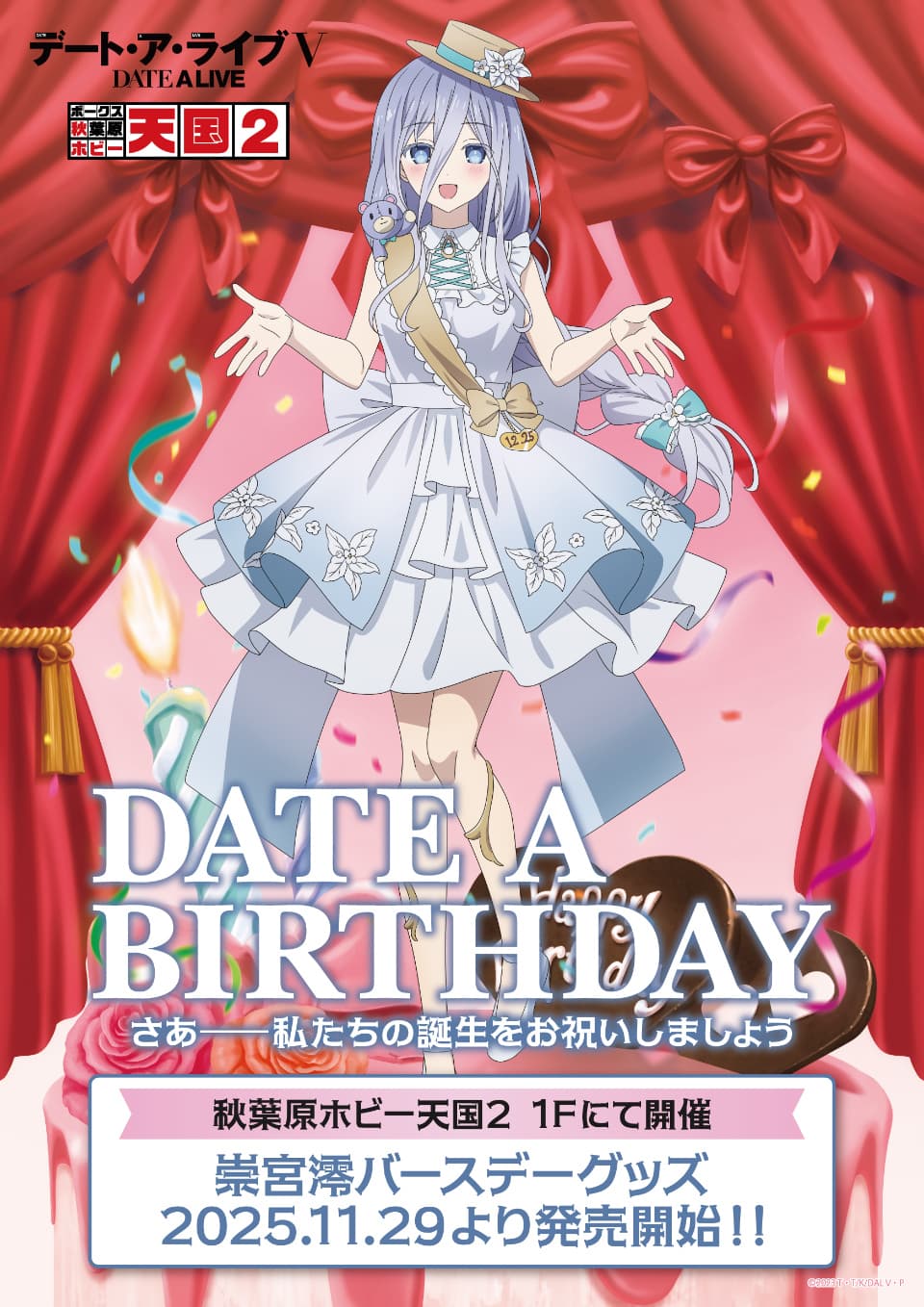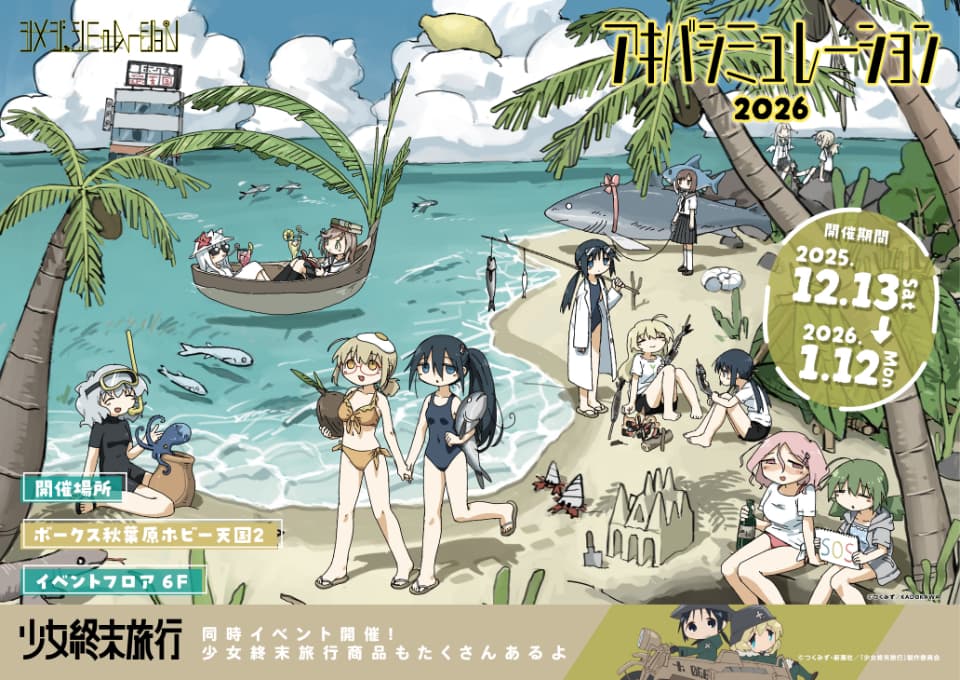When we talk about Akira Toriyama, many of us recall the “Dragon Quest” series along with his manga works. However, his contributions to the gaming industry are not limited to “Dragon Quest” alone. Let’s take a moment to look back at the marks Toriyama has left in the history of gaming.
A Masterpiece from the SNES Era Brought to Life by the Creators of Two Major RPGs
Akira Toriyama, the manga artist who successively created hit works like “Dr. Slump” and “Dragon Ball,” and who continued to eagerly release numerous works thereafter, has passed away due to acute subdural hematoma. This news was revealed on “Dragon Ball Official” on X (formerly Twitter), stating he passed away on March 1, 2024.
Toriyama’s manga works, as well as their animated adaptations, have been widely acclaimed and loved worldwide. His achievements in manga history are well-known among fans globally, but Toriyama’s influence also extends to the “gaming industry.”
He is especially famous for his character design in the national RPG series “Dragon Quest,” but “Dragon Quest” is not the only game work Toriyama was involved in. We will look back on three works that highlight Toriyama’s contributions to the gaming industry.
“Chrono Trigger” (1995): A Dream Collaboration Come to Life
During the era of the NES and SNES, the RPG genre experienced a major boom. The “Dragon Quest” series, which can be considered a pioneer of this trend, and the “Final Fantasy” series, which made a name for itself shortly after, competed with each other and greatly energized the gaming industry.
In the midst of this golden age of RPGs, “Chrono Trigger” was created for the Super Nintendo. Set in a medieval fantasy world, which was the mainstream setting for RPGs at the time, “Chrono Trigger” garnered significant attention as an ambitious project that incorporated time travel across the past and future, along with science fiction elements.
In addition to Toriyama, who was responsible for the main character designs, Yuji Horii, a core figure in the “Dragon Quest” series, and Hironobu Sakaguchi, the creator of the “Final Fantasy” series, were also involved in the project.
The gathering of creators who brought to life the two giants of the RPG golden age to create a completely new RPG was a development like a dream for fans. However, what surprised them even more was the high quality of “Chrono Trigger.”
Although the series did not have as many titles as “Dragon Quest” or “Final Fantasy,” “Chrono Trigger” holds a presence in the discussion of SNES-era RPGs that is no less significant than these two series.
Just seeing the package of “Chrono Trigger” can bring back vivid memories of playing the game for many fans.
Teaming Up Again with Hironobu Sakaguchi in the 2000s!
Akira Toriyama Appears!? The Deeply Engaging “Tobal No. 1” (1996)

With the success of “Street Fighter II,” the fighting game genre rapidly expanded. This momentum wasn’t just limited to 2D fighting games but also spread to 3D fighting games like “Virtua Fighter” and “Tekken,” each evolving in its unique way.
In this era, the PlayStation game “Tobal No. 1” was developed by DreamFactory, a team composed of staff who had worked on “Virtua Fighter,” “Tekken,” and others. This game, too, can be considered a dream project involving staff from the two major fighting game franchises.
What made “Tobal No. 1” particularly distinctive was its intricate grappling system, leading to various strategic plays. The game featured intense battles over the control of the fight, determined by the actions taken after a grab and how the grabbed player responds. Furthermore, the game was accessible to beginners of 3D fighting games, with high, middle, and low attacks assigned to different buttons.
Toriyama’s charm was fully infused into the characters of the game, with designs and silhouettes made with 3D in mind, instantly captivating and memorable. Notably, a “Toriyama Robot” modeled after Toriyama himself appears as a hidden character.
Following the positive reception of the game, its sequel “Tobal 2” was released the next year, with Toriyama also handling the character design.
Teaming Up Again with Sakaguchi for “Blue Dragon” (2006)
The Xbox 360, launched by Microsoft in 2005, aimed to capture the market with its powerful performance and a wide range of titles, from “The Elder Scrolls IV: Oblivion” to “The Idolmaster.”
However, amidst the competition with contemporaries like the PlayStation 3 and Wii, it struggled particularly in the Japanese market. In this context, the RPG “Blue Dragon,” featuring character designs by Toriyama, was released by Microsoft.
Sakaguchi was deeply involved in this project as well, making it a collaborative effort with Toriyama for the first time since “Chrono Trigger.” This fact alone excited game fans, and the affinity of Japanese preferences with “Toriyama-designed characters” goes without saying.
Aimed at expanding in the Japanese market, “Blue Dragon” gathered attention and contributed to boosting sales in the country as planned.
The game was followed by “Blue Dragon Plus” and “Blue Dragon: Awakened Shadow” (both for the Nintendo DS), expanding the series. It also led to a manga adaptation and a TV anime series, spreading Toriyama’s designs across various mediums.
In this article, we focused on three particularly notable games that Toriyama was involved in. However, his contributions extend to many more works, with immeasurable impact.
Most recently, the upcoming release of the action RPG based on the manga “SAND LAND,” which Toriyama serialized in a short burst, is awaited (scheduled for release on April 25, 2024). Amidst this anticipation, the news of his passing has left many shocked and saddened.
We express our condolences for a creator who was involved in a myriad of works, from manga to games, delivering masterpieces to fans around the world.




